Custom String Mill Oilfield Manufacturer in China
Struggling with difficult downhole obstructions and reduced wellbore access? Inefficient milling tools lead to prolonged downtime and increased operational costs. We offer advanced String Mill Oilfield solutions, expertly designed to aggressively and precisely mill through challenging blockages. Restore optimal wellbore integrity and accelerate your drilling or completion projects with our superior tools, ensuring maximum efficiency.
Sinodrills - Your Trusted String Mill Oilfield Manufacturer from China
Frustrated by downhole obstructions hindering your drilling progress? Ineffective milling tools can prolong operations and inflate costs. Sinodrills, your trusted String Mill Oilfield manufacturer from China, delivers high-performance milling solutions engineered for aggressive and precise material removal. Optimize your wellbore remediation, reduce downtime, and achieve seamless drilling or completion with our reliable tools.
Various String Mill Oilfield
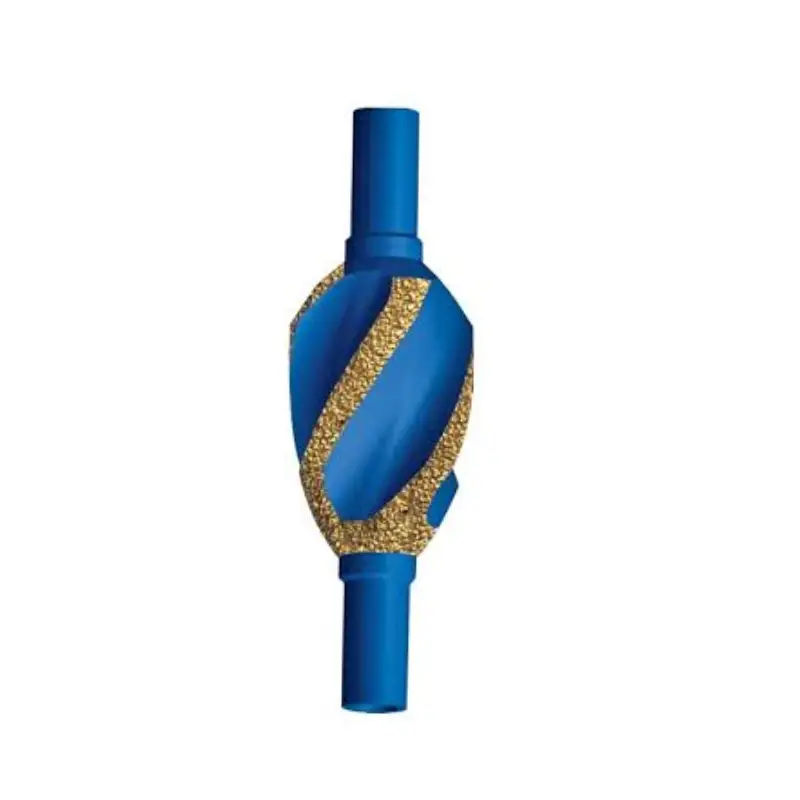
string mill oilfield
Coping with persistent wellbore restrictions and challenging internal blockages? Substandard milling tools often exacerbate problems, costing valuable time and resources. We manufacture precision String Mill Oilfield tools designed to aggressively and efficiently remove fish, cement, or collapsed casing. Our robust solutions ensure rapid wellbore restoration, minimize operational delays, and optimize the success of your intervention projects.

Blade Junk String Mill (M2E)
Struggling to remove compacted junk or light cement from the wellbore? Ineffective conventional mills can leave behind debris, requiring multiple runs. We provide the Blade Junk String Mill (M2E), engineered with robust cutting blades for aggressive and efficient milling of various small, loose junk or soft scale, ensuring a clean and unobstructed wellbore in fewer trips.
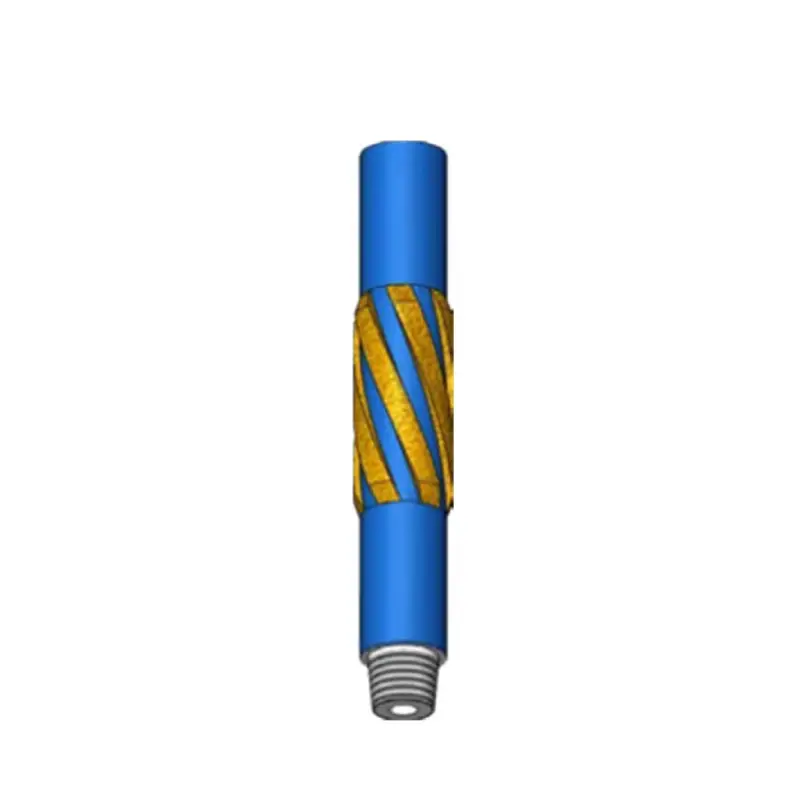
String Junk String Mill (M27)
Are you facing widespread, fragmented debris that standard tools can’t effectively clear? Scattered junk pieces lead to incomplete wellbore cleaning and operational re-runs. We manufacture the String Junk String Mill (M27), featuring a helical design optimized for grinding down and flushing out diverse junk types, ensuring thorough wellbore cleanout and restoring full ID.
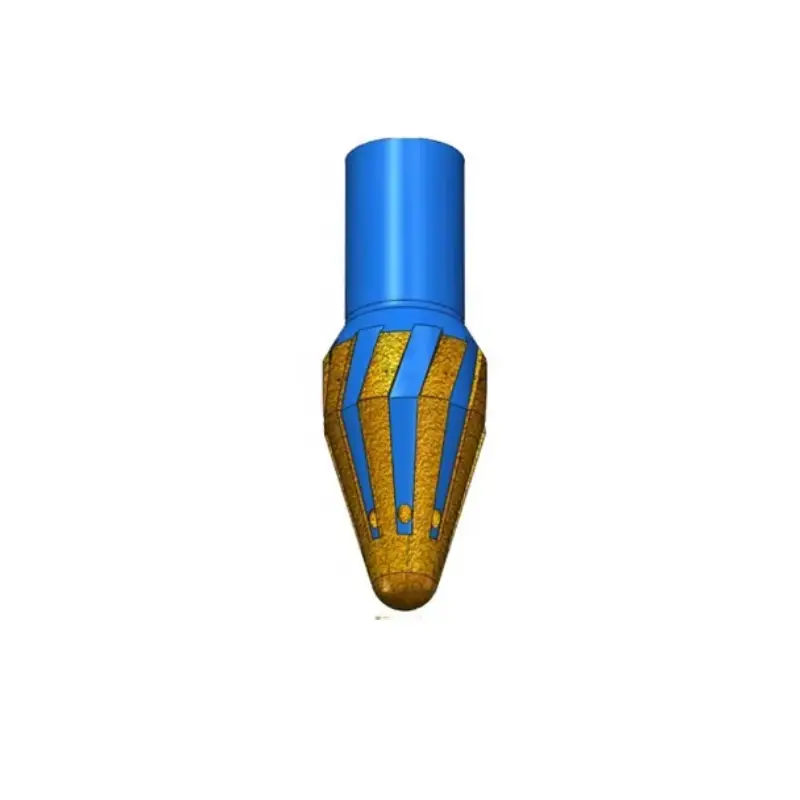
Tapered String Mill (M11)
Is a constricted or irregular wellbore making tool passage difficult and risky? Tapered obstructions can damage critical downhole equipment. We offer the Tapered String Mill (M11), designed with a conical profile for smoothly reaming tight spots and gradually milling through bridge plugs or collapsed casing sections, ensuring safe passage for subsequent tools.

Flat Bottom Junk String Mill (M08)
Are you encountering hard, flat-lying obstructions that prevent drilling progress? Traditional mills often skate over or fail to effectively engage flat debris, prolonging operations. We provide the Flat Bottom Junk String Mill (M08), specifically designed with a flat cutting face to efficiently mill through and clean up the bottom of the wellbore, removing tools or cement plugs.
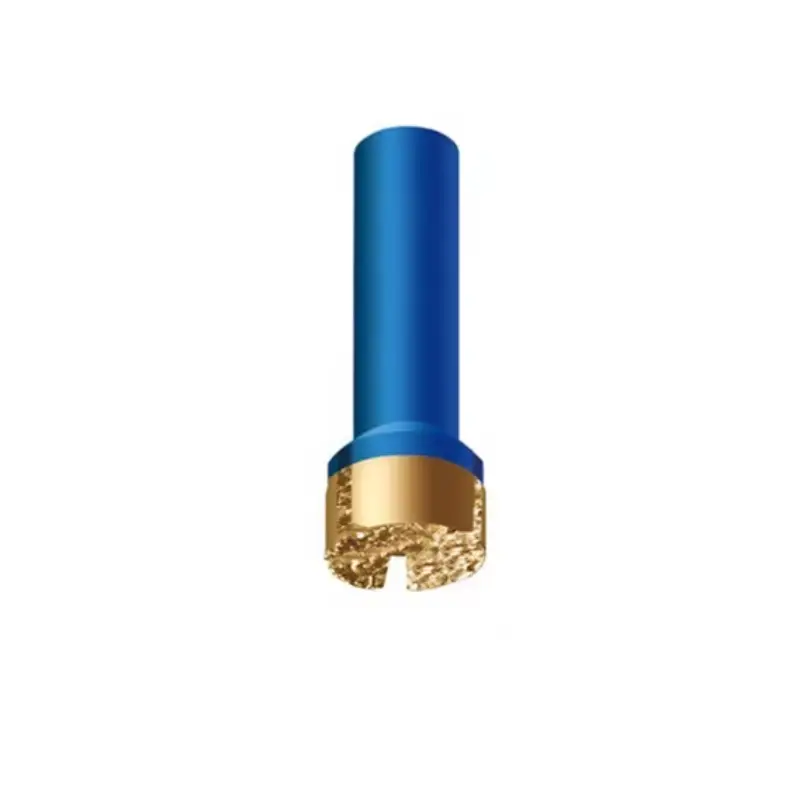
Concave Bottom Junk String Mill (M04)
Struggling with remnants of a previous bit or other concave-shaped debris in the wellbore? Mismatched milling tools can leave significant material behind. We manufacture the Concave Bottom Junk String Mill (M04), uniquely designed to match concave profiles, ensuring efficient and complete milling of broken bits or other similarly shaped junk, preparing the well for further operations.
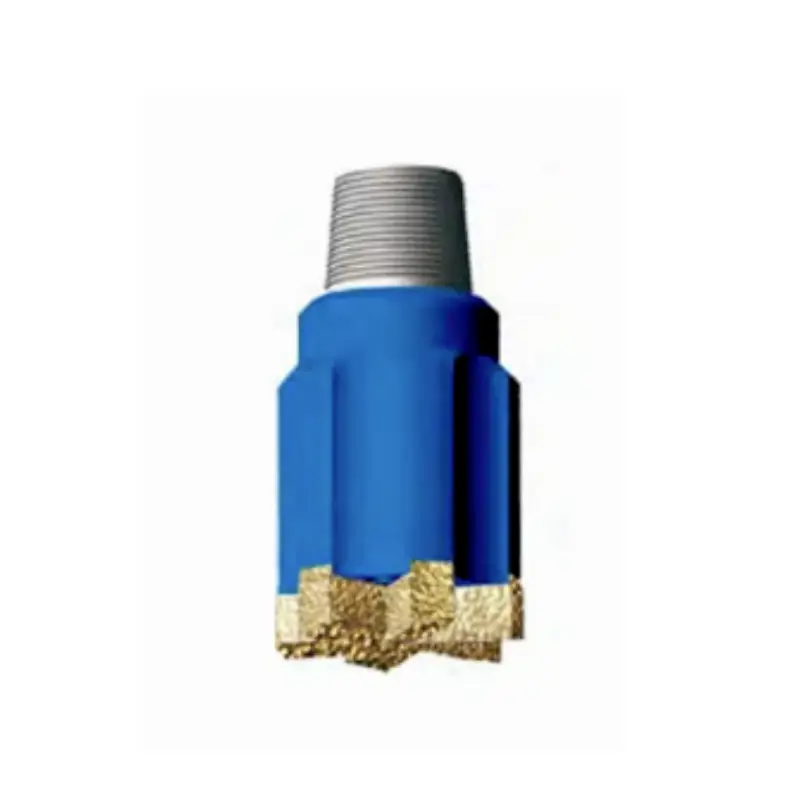
Economill String Mill (M25)
Seeking a versatile and cost-effective solution for general milling operations in less severe conditions? Overly specialized mills can be expensive for routine tasks. We offer the Economill String Mill (M25), a robust and efficient milling tool designed for general purpose milling of cement, packers, or light junk, providing excellent performance with a focus on economic efficiency.
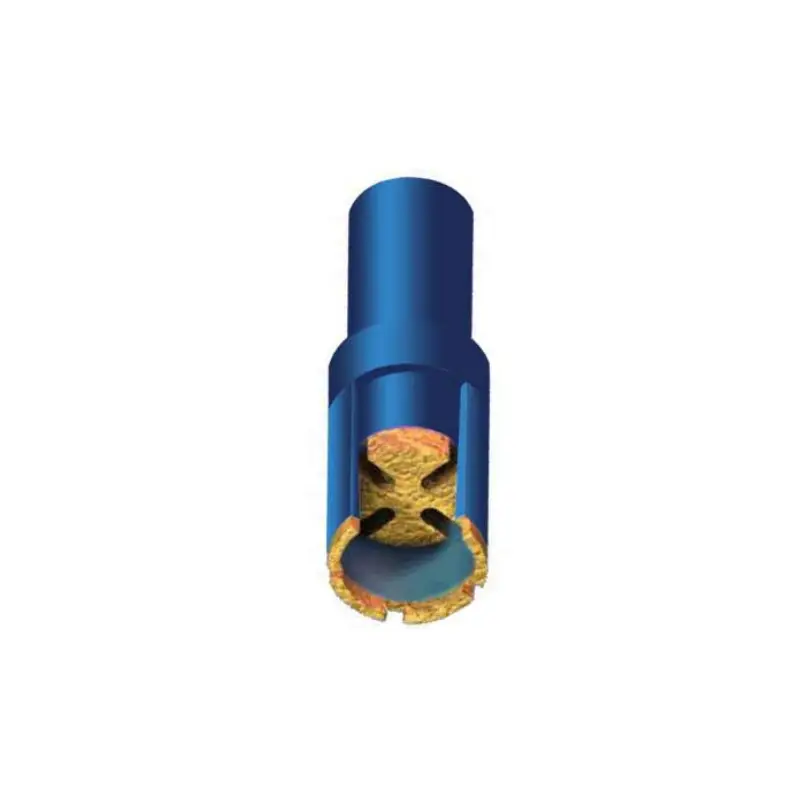
Skirted Junk String Mill (M22)
Dealing with junk that needs to be captured or supported during milling to prevent it from dropping further? Loose debris can migrate and cause new obstructions. We provide the Skirted Junk String Mill (M22), equipped with a skirted bottom to support and contain the material being milled, ensuring controlled removal and preventing further downhole complications.
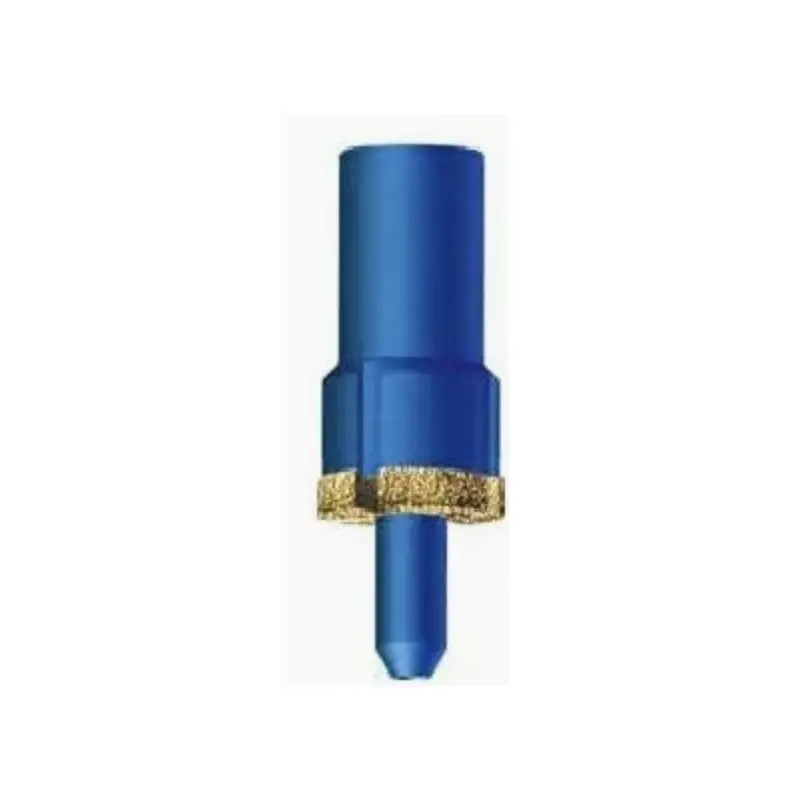
Pilot String Mill (M12)
Are you attempting to mill through a collapsed casing or a stuck fish with an existing bore? Without a guiding pilot, milling can be unstable and inefficient. We offer the Pilot String Mill (M12), featuring a central pilot that guides the tool into an existing bore or hole, ensuring stable and precise milling of internal obstructions or collapsed tubulars.
Customize Your Desired String Mill Oilfield
Cutting Element Material and Configuration
We customize the type of cutting elements (e.g., carbide inserts, diamond bits) and their strategic placement on the mill body. This ensures optimal aggressiveness and wear resistance for milling specific materials like cement, composite plugs, or metallic junk, maximizing efficiency and minimizing milling time in your wellbore.
Mill Profile and Design
We tailor the mill’s external profile, such as its taper, concave, flat bottom, or skirted design, to precisely match the obstruction or wellbore condition. This customization ensures efficient engagement with the target, preventing hang-ups and providing stable milling action for a clean and effective removal process.
Connection Type and Size
We offer various API-compliant and custom thread connections to perfectly integrate your string mill into your existing drill string or workover assembly. Accurate connection sizing and type ensure secure make-up, reliable torque transfer, and proper hydraulic sealing, preventing costly disconnections or leaks downhole.
Overall Length and Diameter
We adjust the overall length and maximum diameter of the string mill to suit specific wellbore constraints and desired milling reach. This customization prevents sticking in tight spots and ensures the mill can effectively access and process the obstruction while maintaining sufficient clearance for fluid circulation and debris removal.
what is a string mill oilfield?
A string mill oilfield is a specialized downhole tool used in oil and gas wells to mill through various obstructions.
It’s designed to grind up and remove debris like cement, collapsed casing, lost tools (“fish”), or scale, restoring the wellbore to its full diameter. These robust mills are critical for wellbore remediation, ensuring smooth passage for subsequent drilling or completion operations.
what is a string mill oilfield used for?
A string mill oilfield is primarily used for wellbore remediation and intervention operations in oil, gas, and geothermal wells. Its core purpose is to clear obstructions and restore the internal diameter of the wellbore to allow for continued drilling, completion, or production activities.
Milling through lost tools (“fish”): Grinding up and removing pieces of equipment that have broken off or become stuck downhole.
Removing cement plugs: Efficiently milling out excess or improperly placed cement from the wellbore.
Clearing collapsed casing or liner: Reaming through sections of casing or liner that have buckled or been damaged, to restore full access.
Cleaning out perforations and scale: Milling through hardened scale buildup or debris obstructing perforations to improve flow.
Preparing for subsequent operations: Ensuring a clean and full-gauge wellbore for running in new casing, production tubing, packers, or other downhole tools.
string mill oilfield benefits
String mills offer significant benefits in oilfield operations, primarily by improving wellbore integrity and enhancing drilling efficiency.
Their ability to precisely remove downhole obstructions means less non-productive time, reduced risk of damaging other costly equipment, and a smoother path for subsequent operations like running casing or production tubing. This leads to substantial cost savings and accelerated project timelines.
Restores Wellbore Integrity: Effectively clears blockages, ensuring the wellbore is open to its intended diameter.
Reduces Non-Productive Time (NPT): Quickly resolves downhole issues, minimizing costly delays in drilling or completion phases.
Prevents Further Damage: Removes obstructions that could otherwise damage valuable drill bits, casing, or logging tools.
Enhances Drilling Efficiency: A clean wellbore allows for optimal performance of drill bits and smoother trips.
Improves Wellbore Access: Ensures unhindered passage for subsequent downhole tools and completion equipment.
string mill oilfield Types
String mills come in various types, each designed with a specific profile and cutting element configuration to efficiently tackle different downhole obstructions and wellbore conditions.
Selecting the correct string mill type is crucial for effective and time-efficient milling operations, minimizing non-productive time.
Blade Junk Mill (M2E)
This type of string mill features robust blades on its outer surface, typically set with carbide or diamond cutting elements. It is designed for aggressive milling of fragmented junk, light cement, or soft scale. Its primary function is to break down and remove smaller, irregular debris from the wellbore, leaving a clean path for subsequent operations.
String Junk Mill (M27)
The String Junk Mill, often characterized by its spiral or helical blade design, is highly effective for cleaning out the wellbore after a sidetrack or for removing widespread, consolidated debris. Its continuous cutting action helps to grind down various types of junk and circulate them out of the well, ensuring a thorough cleanout.
Tapered Mill (M11)
A Tapered Mill has a conical or tapered profile, making it ideal for reaming through tight spots, gradually enlarging restricted sections, or milling out collapsed casing and liner that have a decreasing internal diameter. Its design allows for smooth entry and progressive material removal, minimizing the risk of sticking.
Flat Bottom Junk Mill (M08)
As its name suggests, the Flat Bottom Junk Mill features a flat cutting face at its bottom. This design is specifically used for milling hard, flat-lying obstructions that are at the bottom of the wellbore, such as fallen tools or cement plugs that need to be completely removed to deepen the well.
Concave Bottom Junk Mill (M04)
The Concave Bottom Junk Mill is designed with a recessed or concave cutting face. This specialized profile makes it highly effective for milling and cleaning out debris that has a complementary convex shape, such as the remnants of a drill bit cone or other curved junk left downhole.
Economill (M25)
The Economill is a versatile, cost-effective milling tool often used for general-purpose milling applications. It typically has a robust, straightforward design with efficient cutting elements, making it suitable for routine tasks like milling out cement, packers, or bridge plugs where extreme customization isn’t required.
Skirted Junk Mill (M22)
A Skirted Junk Mill incorporates a skirt or guide at its lower end that surrounds the cutting section. This skirt helps to centralize the mill within the wellbore and can also prevent milled debris from falling further downhole, ensuring controlled removal of obstructions and maintaining a clean wellbore below the milling point.
Pilot Mill (M12)
The Pilot Mill is distinguished by a central, smaller-diameter pilot section that extends below the main cutting face. This pilot guides the mill into an existing bore or through a soft plug, ensuring stable and centered milling of tougher material around the pilot, such as collapsed tubulars or hard cement with a softer core.
how to choose the suitable string mill oilfield?
Choosing the suitable string mill for an oilfield operation is critical for successful wellbore remediation and requires careful consideration of several factors. The optimal selection depends heavily on the specific downhole conditions, the nature of the obstruction, and the desired outcome. An incorrect choice can lead to inefficient milling, tool damage, and costly non-productive time.
Identify the Obstruction Type: Determine precisely what material needs to be milled (e.g., cement, composite plug, steel casing, lost tools, hard scale, soft fill). This is the most crucial step as different mills are designed for different materials.
Know the Wellbore Condition: Consider the wellbore’s internal diameter, straightness, and any existing damage. For instance, a tapered mill is better for constricted areas, while a pilot mill is good for existing bores within an obstruction.
Assess Material Hardness and Abrasiveness: Select a mill with appropriate cutting elements (e.g., carbide inserts for harder materials, diamond for extremely hard or abrasive formations) and hardfacing.
Consider Mill Profile and Aggressiveness: Match the mill’s shape (flat bottom, concave, bladed, spiral) to the shape and nature of the obstruction to ensure efficient engagement and material removal.
Evaluate Available Rig Power and Hydraulics: Ensure the rig has sufficient rotational speed, torque, and pump capacity to effectively operate the chosen mill and circulate cuttings.
Plan for Debris Management: Consider how the milled debris will be circulated out of the well. Some mills are better for producing fine cuttings, while others might create larger pieces that require specific circulation strategies.
Send Your Inquiry Now
All-in-one String Mill Oilfield Solutions for Your Project
Frustrated by diverse downhole obstructions and the need for multiple milling tools? Incompatible solutions lead to inefficiency and escalating costs. We offer all-in-one String Mill Oilfield Solutions, providing a comprehensive range of specialized mills tailored for every challenge. Simplify your wellbore remediation, reduce downtime, and achieve complete obstruction removal with our expert guidance and diverse product line.


